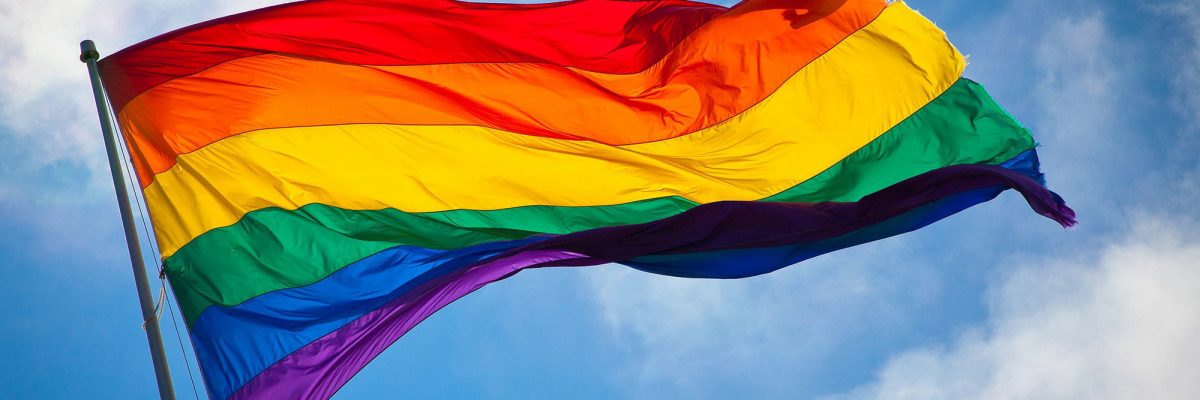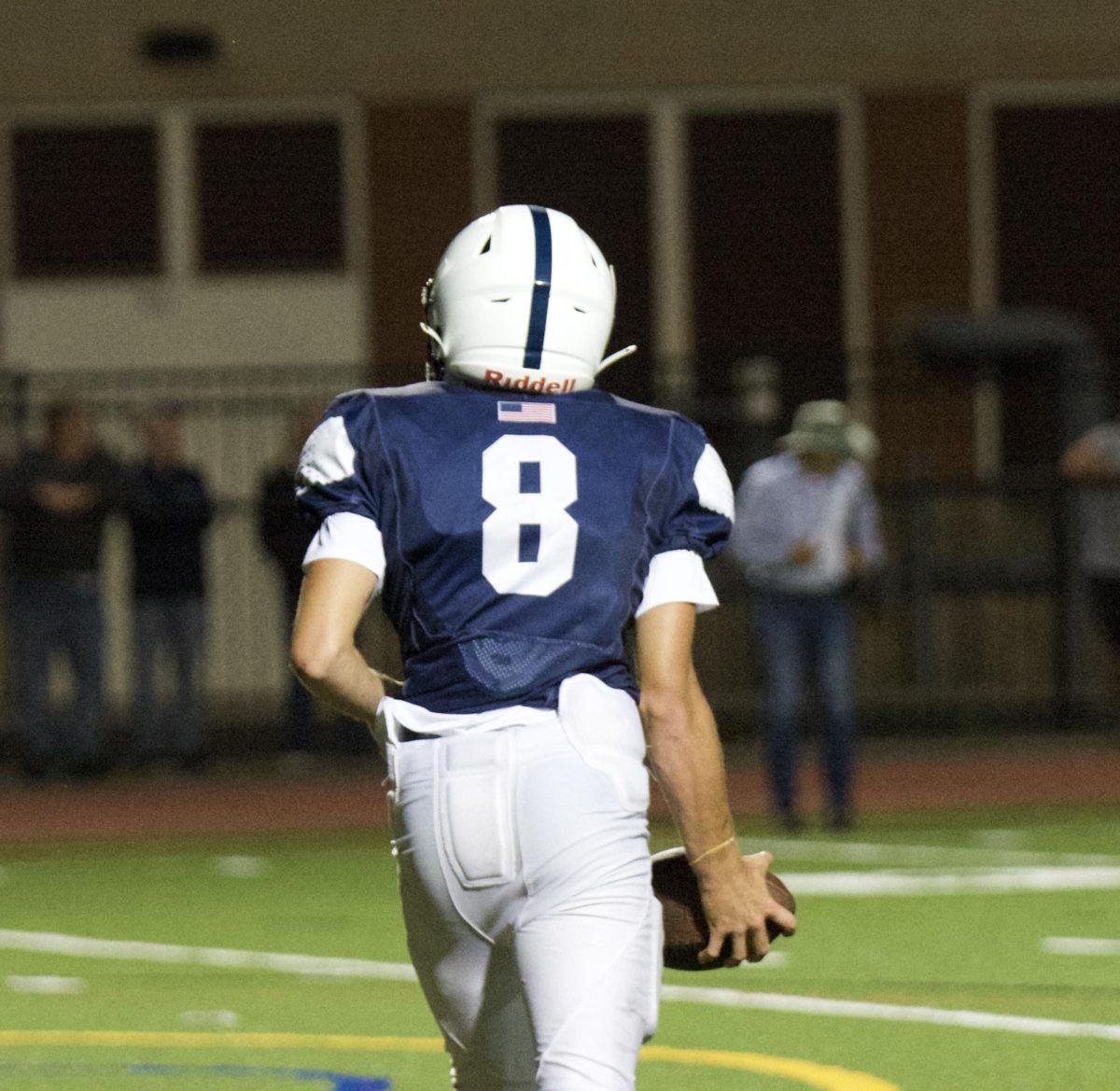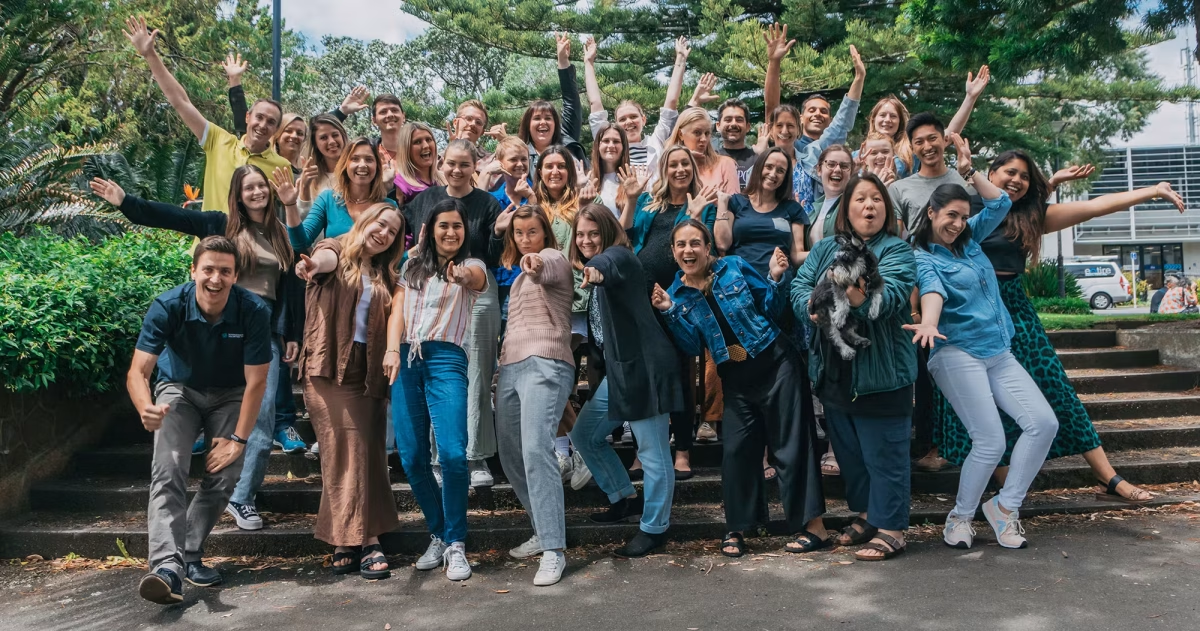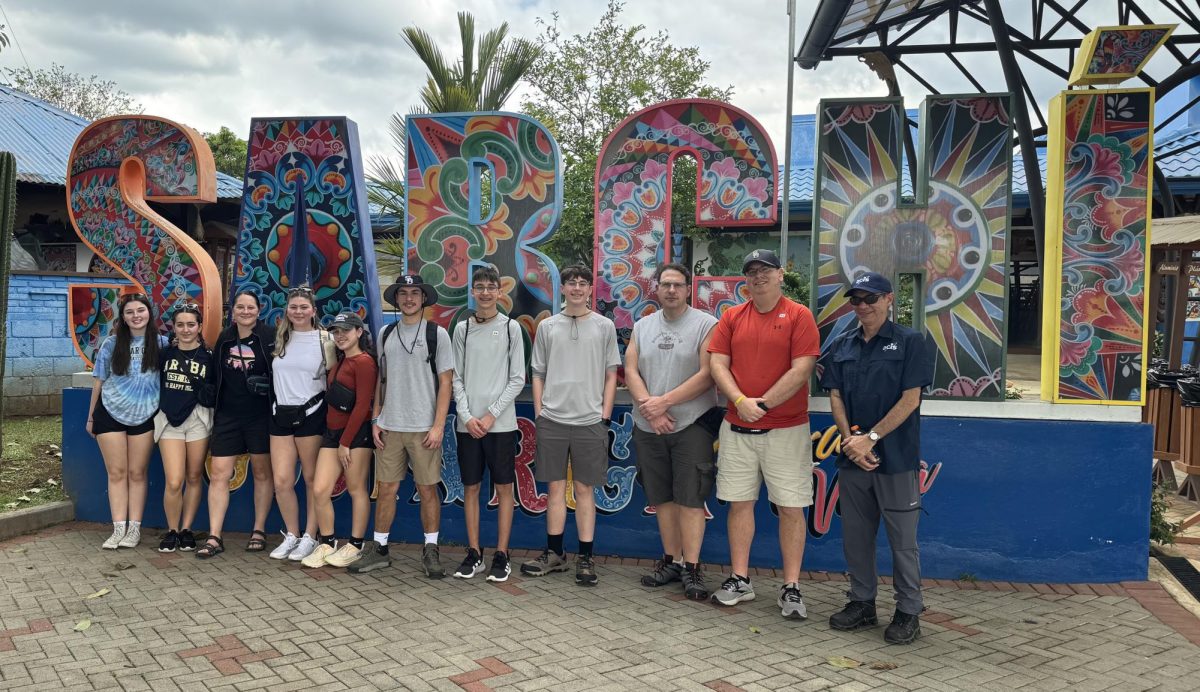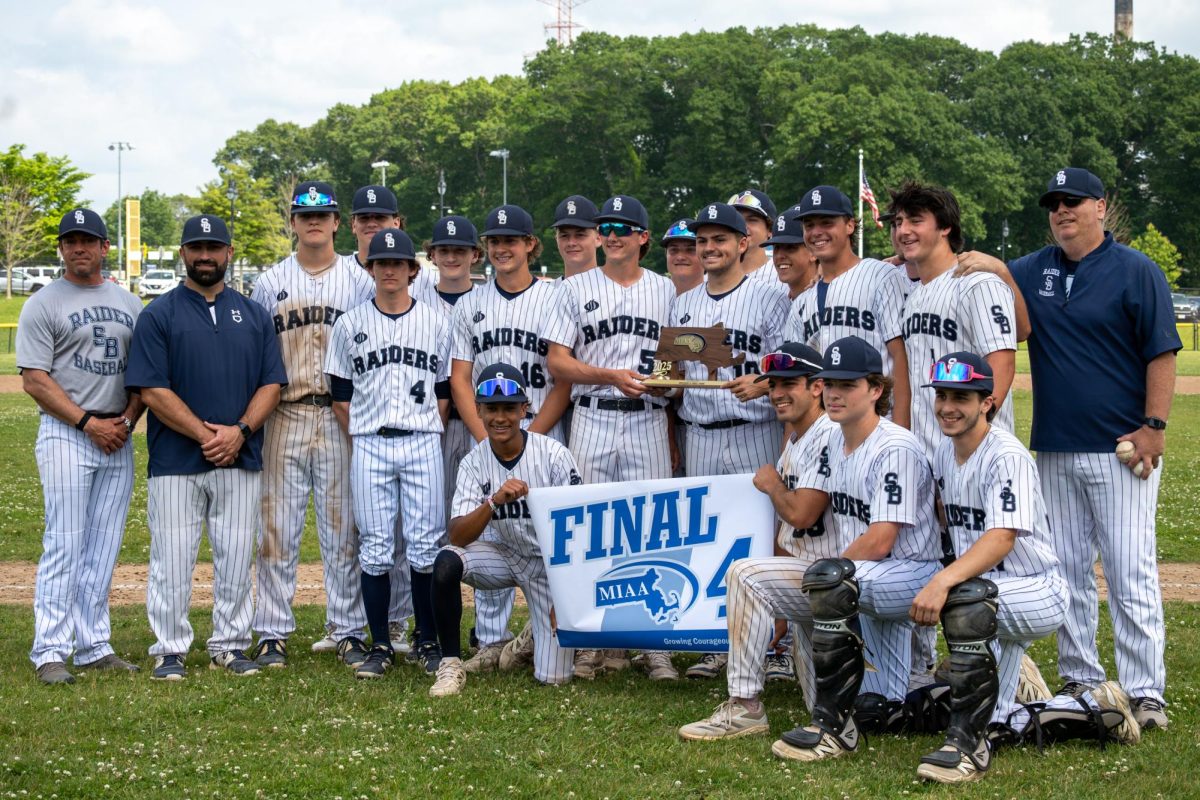What is Pride Month?
Pride Month is a month dedicated to honor the rights of LGBTQ+ individuals and their progress. This time is used to remember their achievements and push further progress for groups who are still discriminated against. This month is to celebrate their advancements and to raise awareness of gay history. Pride month is marked by a variety of events including parades, festivals, marches, protests, and community gatherings.
Stonewall
On June 28, 1969, law enforcement was called to the Stonewall Inn which was a gay bar in Greenwich Village, New York. The police aggressively hauled patrons and employees out of the bar. The treatment led to six days of protests and violence between the demonstrators and law enforcement throughout the area. This mass event was the catalyst of the Gay Rights movement. June is designated as Pride Month due to the anniversary of this resistance.
The origin of Stonewall stemmed from the crime syndicate of the Genovese family. At a time when gay bars were illegal to operate in New York, the family had a monopoly on them. Stonewall was a private “bottle bar” which meant it didn’t need a liquor license as patrons brought their own liquor. Club attendees had to sign their names in a book upon entering to maintain the illusion of exclusivity. The Genovese family bribed New York’s Sixth Precinct to ignore the activities within the club, so they were able to cut cost circumvent safety regulations. For example, the club had no fire exit, running water to clean glasses, clean bathrooms, and watered down drinks. Crime families also blackmailed wealthy patrons who wanted to keep their sexuality a secret.
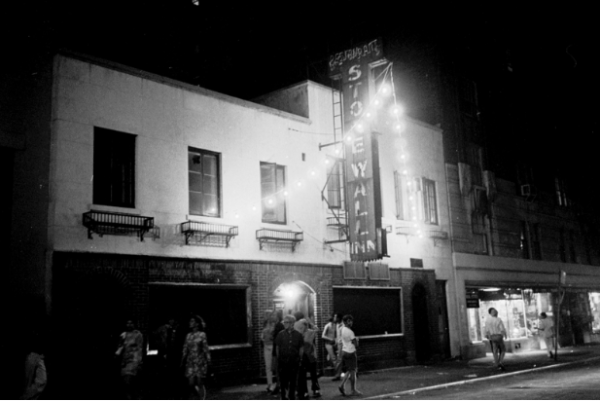
The inn became a safe space for gay youth who were often runaways and homeless (they often panhandled or shoplifted to afford the entry fee). It was one of the few and likely only gay bars that allowed dancing. Bar raids by the police were common in gay bars violently arresting employees and customers.
The raid on Stonewall was unexpected as usually mafia owned bars received tips from corrupt police to stash the liquor. The police roughed up the patrons and confiscated the bootleg alcohol while arresting 13 people. The police arrested employees and people who violated the gender-appropriate clothing law. Female officers would take suspected cross-dressers into the bathrooms to check their sex.
The patrons were furious over the constant police harassment and discrimination. Many gathered outside the bar during the raid and became increasingly angered over the police brutality and how patrons were manhandled. At one point, an officer hit a lesbian in the head as he shoved her into his van. She urged onlookers for help as they started to throw bottles, pennies, and stones at the police. Hundreds of people started to fight against the brutality turning into a riot. The mob attempted to set fire to the bar after the police barricaded themselves in it.
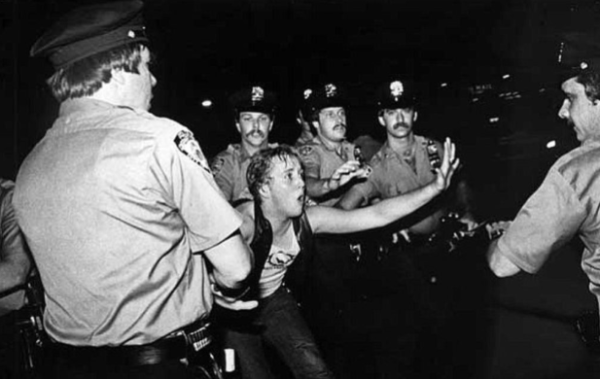

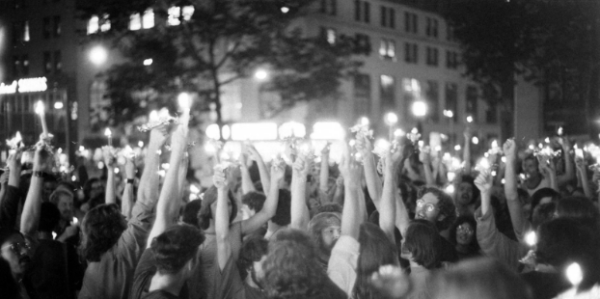
The fire department and police were able to eventually disperse the original crowd. However, as the protests and resistance continued for five more days the crowd grew to thousands of people.
The event caused the start of major political activist movements for Gay Rights. The formation of organizations including the Gay Liberation Front, Gay and Lesbian Alliance Against Defamation, and Parents, Families and Friends of Lesbians and Gays. During the one-year anniversary of Stonewall the first Pride Protest was held, thousands of people marched from Stonewall Inn to Central Park. In 2016, Barack Obama designated Stonewall Inn as a national monument in recognition of the area’s contribution to gay rights.
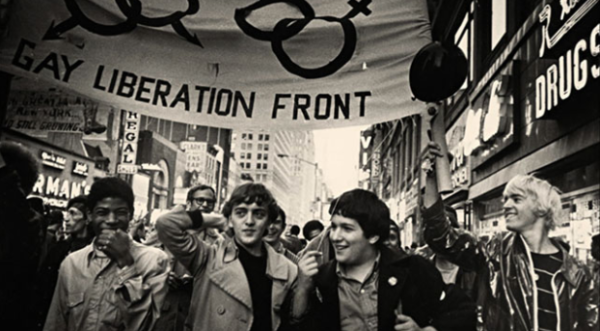
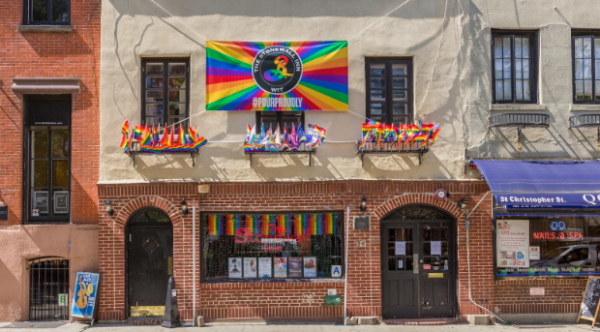
In 1966, activists efforts resulted in the overturning of laws restricting gays from being served alcohol. However, engaging in gay behavior publicly such as holding hands, kissing, or dancing was still illegal. Police therefore still harassed gay bars and many bars still had to operate without liquor licenses.
Key Figures
Throughout the majority of the 1900s homosexuality was classified as a mental disorder by major psychiatric organizations. The classification caused the belief that homosexuality can be “cured” or “treated” resulting in many individuals forcibly committed into mental institutions. They would be sent there by their families, to avoid legal punishment, or would seek it themselves to find a “cure.” Many were subjected to various harmful treatments including electroconvulsive therapy, lobotomies, insulin shock, and aversion treatment. These were ineffective in changing sexuality and resulted in great physical and mental harm.
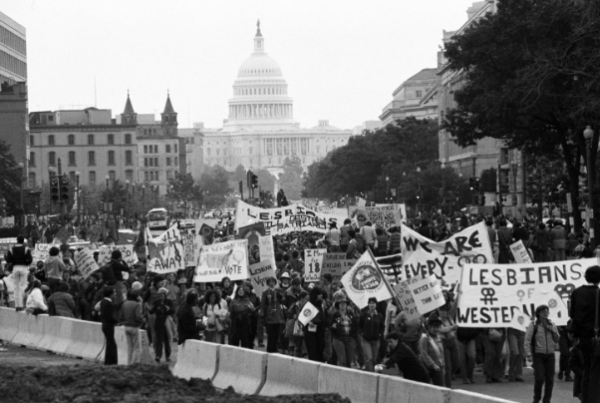
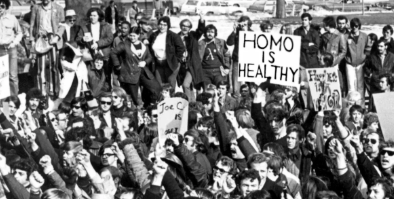
Dr. John Fryer
Pushback on this was done by the work of activists and allies of the movement. As Dr. Anonymous, Dr. John Fryer gave a famous speech to the American Psychiatric Association’s annual conference in 1972. This led to the declassification of homosexuality as a mental illness in 1973.
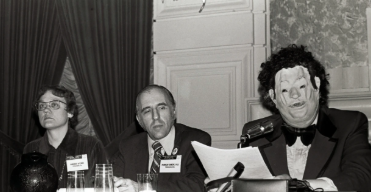
Alan Turing
The man who cracked the enigma code in WW2 and made advancements leading to modern computer science Alan Turing was persecuted for his sexuality. He was a brilliant mathematician which helped the war effort cracking the Nazis’ impenetrable code used for sending crucial messages. His sexuality was used against him as blackmail for secrecy. After the war he was revealed and persecuted and presented with the option of imprisonment or ‘treatment’. He was subject to chemical castration which led to his mental decline and eventually suicide.
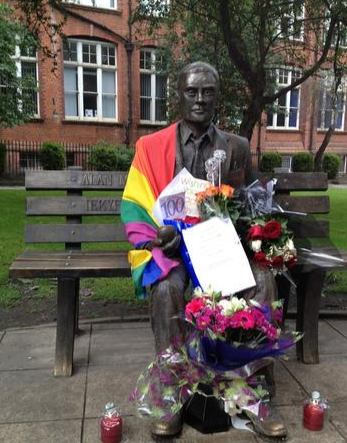
AIDS Crisis
The AIDS epidemic in the 1980s-90s had a devastating impact on the community particularly in gay men. The disease was initially stigmatized as a “gay disease” leading to discrimination and prejudice against the LGBTQ+ community. Many faced discrimination in healthcare and insurance approval. AIDS is an immunocompromising disease caused by HIV and can be spread through various ways including sharing needles, mother-to-child at birth or breastfeeding, blood transfusions, and as an STD. This disease is devastating due to the weakened immune system preventing the body from fighting any disease it is inflected with resulting in a high mortality rate.

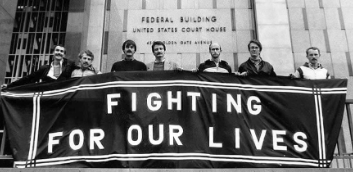
The fear mongering and dehumanizing of gay men during this crisis resulted in many being ostracized and abandoned by their families and friends. People believed that gay people could spread the disease to them and many were rejected treatment. One in nine gay men had been diagnosed and 1 in 15 had died. Ten percent of the 1,600,000 men aged 25-44 who were gay had died. Gay youth and those who were abandoned by their family and friends often received treatments and care by LGBT groups as opposed to the healthcare system. Lesbians and bisexual women often played a crucial role in treating gay men, helping their recovery when they were abandoned by society; this is why the LGBTQ+ acronym begins with ‘L’ in recognition of these women.
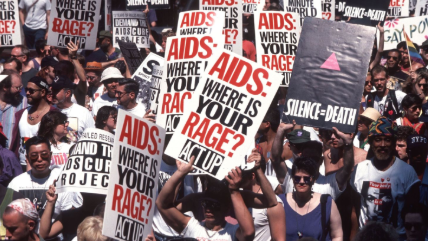
Laws
Laws criminalized homosexuality. Many states in the US had these laws and they were not all officially overturned until 2003 with the SCOTUS case Lawrence v. Texas. These laws were used to justify the firing of employees based on their orientation and preferences. Landlords could legally refuse to rent to gay individuals and were often denied access to public services and benefits. These laws could be used to deny gay parents custody of their children or limit visitation rights. Gay individuals were often denied the opportunity to adopt or become foster parents based on their status as potential “criminals.” They were not protected from hate crimes as their sexuality was deemed as a criminal act.
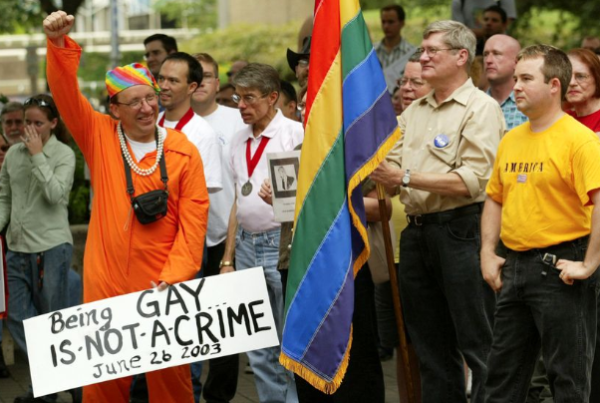
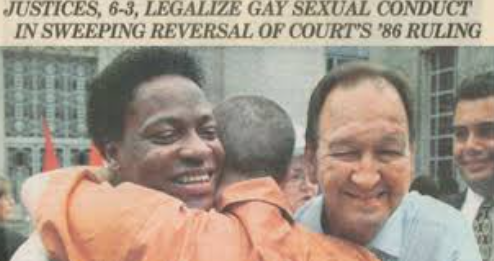
There were many anti-cross dressing laws in the 19th and 20th century in the US. These prohibited women from wearing pants and men from wearing dresses under the guise of public decency laws. Police could arrest people who wore articles of clothing deemed to the opposite sex. In the 1950s-60s police in New York and other US cities enforced the ‘three-item rule’ this meant that in order to avoid arrest a person had to wear three items of clothing relating to their sex.
The landmark Supreme Court case Obergefell v. Hodges ruled that same-sex marriage is protected under the Fourteenth Amendment. This 5-4 decision was delivered on June 26, 2015 and it overturned state laws banning the institution establishing the constitutional right to marry. This allows for the legal recognition of marriage between same-sex couples and provides marriage benefits.
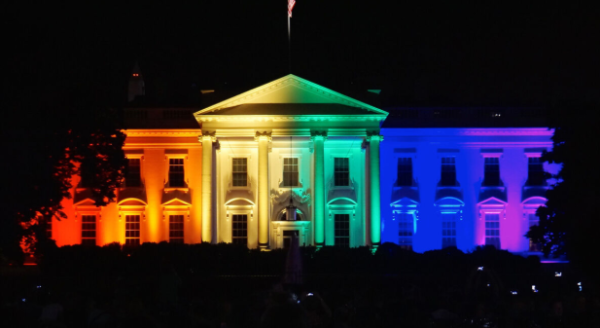
Citations
Library of Congress. “Research Guides: LGBTQ+ Studies: A Resource Guide: Stonewall Era and Uprising.” Guides.loc.gov, Library of Congress, 2019, guides.loc.gov/lgbtq-studies/stonewall-era.
Colangelo, Gabrielle. “Lesbian AIDS Activism · Yale University Library Online Exhibitions.” Onlineexhibits.library.yale.edu, Yale University Library, 2022, onlineexhibits.library.yale.edu/s/we-are-everywhere/page/lesbian-aids-activism.
Rosenfeld, Dana. “The AIDS Epidemic’s Lasting Impact on Gay Men.” The British Academy, 19 Feb. 2018, www.thebritishacademy.ac.uk/blog/aids-epidemic-lasting-impact-gay-men/.
Prevost, Lisa. ““Treated” for Being Gay: Psychiatry’s Mid-Century “Fixes” for Homosexuality.” YaleNews, 4 June 2024, news.yale.edu/2024/06/04/treated-being-gay-psychiatrys-mid-century-fixes-homosexuality.
“Speech of Dr. Henry Anonymous (John Fryer) at the American Psychiatric Association 125th Annual Meeting, May 2, 1972.” 217 Boxes of Dr. Henry Anonymous, 16 Feb. 2018, 217boxes.com/speech. Accessed 9 June 2025.
“Why Sodomy Laws Matter.” American Civil Liberties Union, 26 June 2003, www.aclu.org/documents/why-sodomy-laws-matter.
Death Penalty Information center. “Criminalization of Homosexuality in American History | Death Penalty Information Center.” Death Penalty Information Center, 28 June 2024, deathpenaltyinfo.org/policy-issues/biases-and-vulnerabilities/lgbtq-people/criminalization-of-homosexuality-in-american-history.


